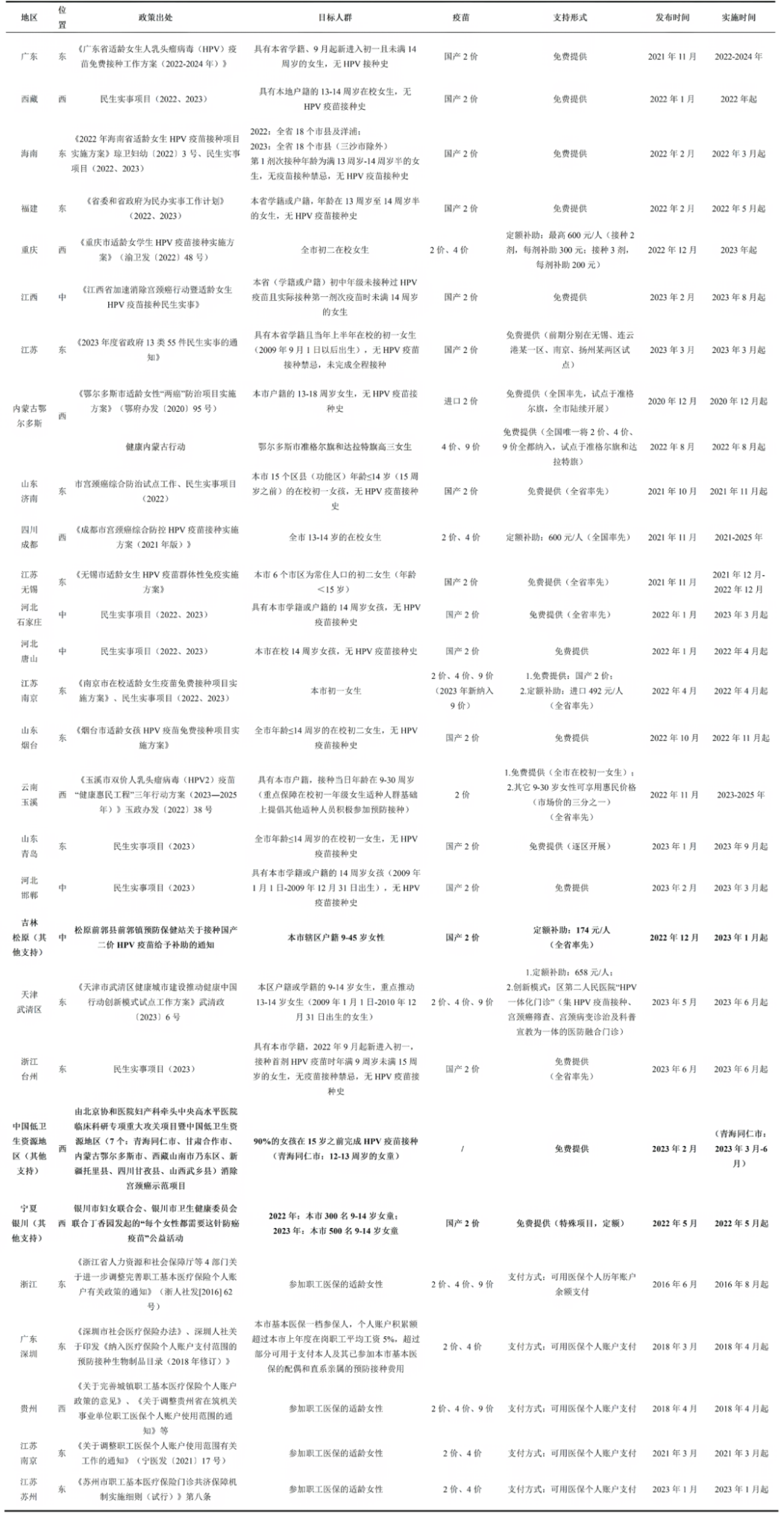Pneumococcal disease (PD), caused by Streptococcus pneumoniae, remains a major global health challenge. In 2016 alone, it was responsible for approximately 1.2 million deaths and 197 million pneumonia cases, primarily among children under five and adults over 65. The World Health Organization (WHO) classifies PD as a top-priority vaccine-preventable disease alongside malaria.
Pneumococcal conjugate vaccines (PCVs) have significantly reduced invasive pneumococcal disease (IPD) caused by vaccine-included serotypes. Since the introduction of PCV7, and later PCV10 and PCV13, countries have reported notable declines in IPD incidence. For example, after PCV13 implementation, IPD cases in children decreased by over 85% in several countries. PCVs also reduce nasopharyngeal carriage, contributing to herd immunity. However, challenges persist, including emerging non-vaccine serotypes (NVTs), regional serotype mismatches, antimicrobial resistance, and high vaccine costs in low- and middle-income settings.
Challenges with Current Vaccination Strategies
Despite PCV success, serotype replacement has emerged as a key concern. In the UK, the incidence of IPD caused by NVTs rose by 68% in children under two during the first decade of PCV7 use. Similar trends were observed in adults. Emerging serotypes like 22F, 33F, and 8 are increasingly reported in post-PCV13 surveillance. Additionally, serotypes 3, 19A, and 19F—despite being included in current vaccines—remain prevalent due to antibiotic resistance and suboptimal vaccine responsiveness.
Other limitations include waning immunity, reduced vaccine efficacy due to immunosenescence, and limited indirect protection in some regions. Variability in serotype distribution also complicates global vaccine design. For example, PCV13 covers only 55% of circulating serotypes in South Asia, and common serotypes in Gavi-eligible countries—such as 2, 35B, and 15B—are not covered. Moreover, the high price of PCVs remains a major barrier to adoption in many middle-income countries lacking global subsidy support.
Strategies for Broader and More Equitable Protection
To overcome these challenges, next-generation PCVs with expanded serotype coverage are being developed, including PCV15, PCV20, PCV21-alt, and PCV24. These aim to provide broader protection against emerging NVTs such as 8, 10A, 12F, and 22F. However, high-valency vaccines may face immune interference; therefore, innovations such as novel carrier proteins, adjusted polysaccharide-to-protein ratios, and conserved surface antigens are under investigation to enhance immunogenicity.
New approaches also explore combining PCVs with protein-based vaccines to extend protection beyond serotype-specific immunity. Additionally, region-specific vaccine design and local manufacturing are essential to improve coverage and reduce costs. WHO emphasizes the importance of supporting these strategies through international financing and technology transfer to promote equitable access to pneumococcal vaccines worldwide.
More can be found in this article:
Ramos B, Vadlamudi NK, Han C, Sadarangani M. Future immunisation strategies to prevent Streptococcus pneumoniae infections in children and adults. Lancet Infect Dis. 2025;17:S1473-3099(24)00740-0.
Content Editor: Rurong Li
Page Editor: Rurong Li





